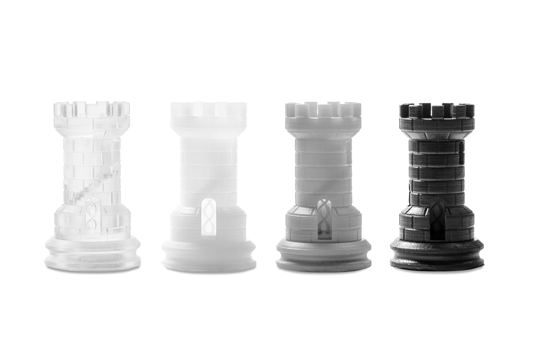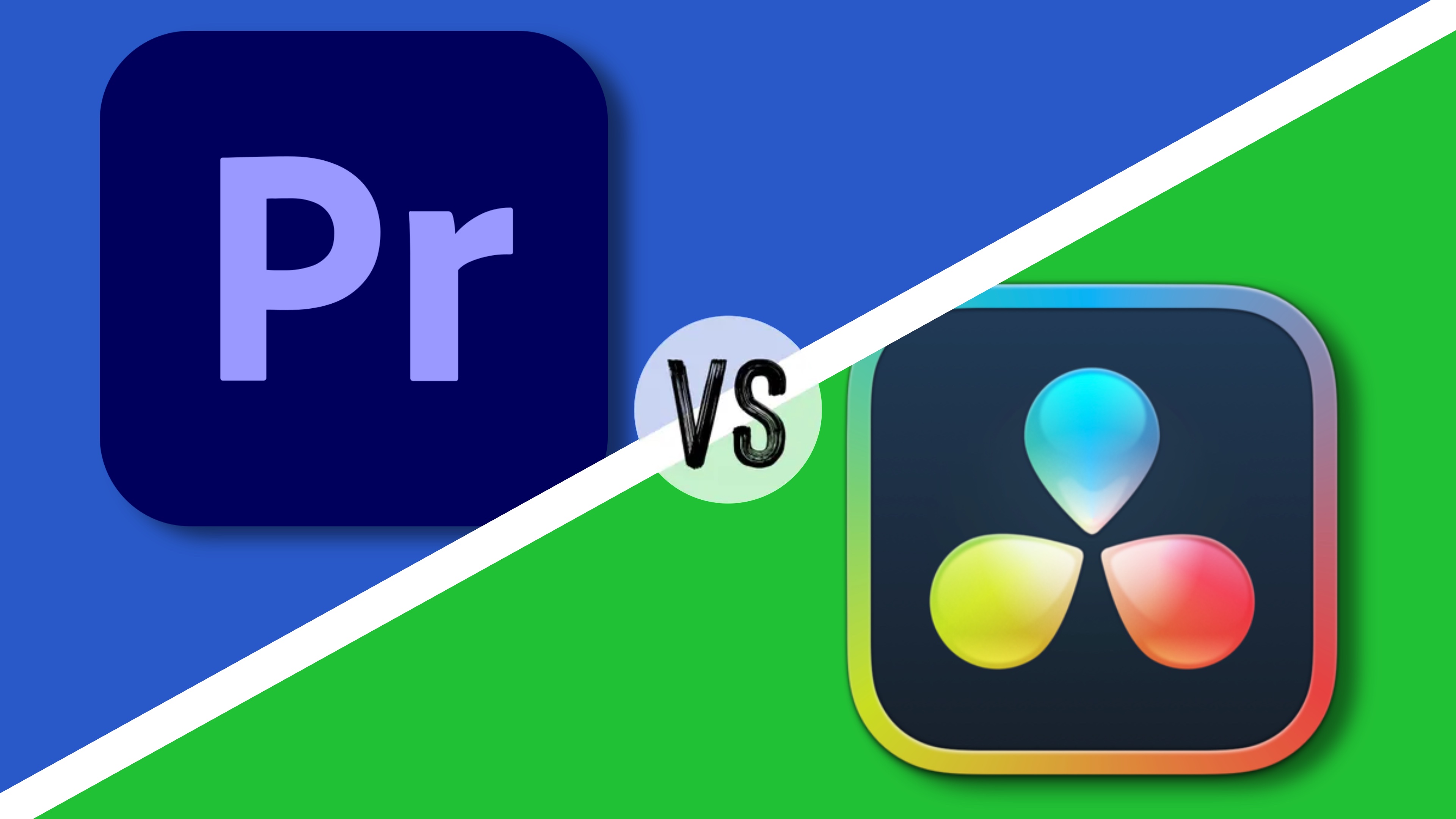The easy guide to 3D printing materials
Normal printers take ink, but what goes into a 3D printer? Here we reveal all.

3D printing is a huge and diverse field, and today's 3D printers can use a wide range of materials, including plastics, resins, metals, ceramics and more. However, when it comes to the kind of 3D printers ordinary designers can afford, they primarily print objects using particular forms of plastic.
There are three main types of plastic printing material, and in this article we'll look at each one in turn.
01. ABS
Of the three plastic filaments on offer, ABS (Acrylonitrile Butadiene Styrene) is the cheapest and remains a favourite among the 3D printing community.
A durable and strong material, with good shock-absorbing properties, slightly flexible and quite heat resistant, ABS is capable of creating dimensionally accurate 3D models and prototypes.
When heated, ABS will curl upwards from the surface in direct contact with the 3D printer's bed; to maintain an accurate print this issue has to be eliminated through heating the print surface and applying an adhesive solution beforehand. ABS can also deteriorate after long exposure to sunlight and can also shrink up to one percent after cooling.
02. PLA
A biodegradable thermoplastic, PLA (Polylactic Acid) is the most environmentally friendly 3D printing material solution available. It demonstrates much less warping than ABS, making it very suited to dimensionally accurate 3D models, prototypes and moving parts.
A tough material, PLA undergoes more of a phase-change when heated than ABS, and its increased flow can lead to stronger binding between layers, improving the strength of the 3D print.
Get the Creative Bloq Newsletter
Daily design news, reviews, how-tos and more, as picked by the editors.
PLA does not emit any fumes, but there is a slight odour when heated. It can also be sanded down and painted over with acrylic paint. With its low toxicity and variety of colours available, PLA is a popular choice.
03. PVA
A special plastic that's water-soluble, PVA (polyvinyl alcohol) is sometimes used in printers with dual or multiple heads in order to provide a support structure to an object with overhang issues.
The PVA material is vital to create complex prints that can only be realised by printing a support structure to hold the upper layers. The final object can simply be placed in water until the PVA has completely disappeared, freeing the object of the support structure without further post-printing curing costs.
There are a few drawbacks to using PVA though: air moisture, which will deteriorate the filament very quickly, and also this type of material doesn’t come cheap and it can be difficult to source.
This article was originally published in 3D World issue 190.
Like this? Read these...
- How to build an app: try these great tutorials
- Free graphic design software available to you right now!
- Download the best free fonts

Thank you for reading 5 articles this month* Join now for unlimited access
Enjoy your first month for just £1 / $1 / €1
*Read 5 free articles per month without a subscription

Join now for unlimited access
Try first month for just £1 / $1 / €1

The Creative Bloq team is made up of a group of art and design enthusiasts, and has changed and evolved since Creative Bloq began back in 2012. The current website team consists of eight full-time members of staff: Editor Georgia Coggan, Deputy Editor Rosie Hilder, Ecommerce Editor Beren Neale, Senior News Editor Daniel Piper, Editor, Digital Art and 3D Ian Dean, Tech Reviews Editor Erlingur Einarsson, Ecommerce Writer Beth Nicholls and Staff Writer Natalie Fear, as well as a roster of freelancers from around the world. The ImagineFX magazine team also pitch in, ensuring that content from leading digital art publication ImagineFX is represented on Creative Bloq.
